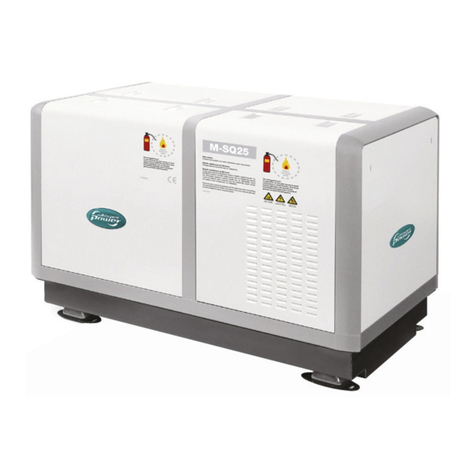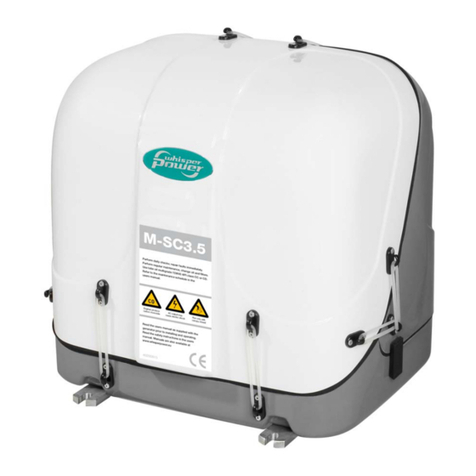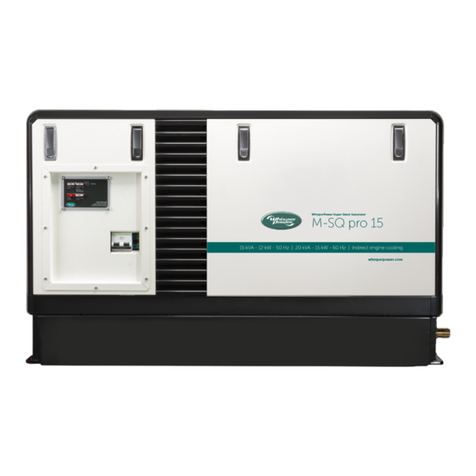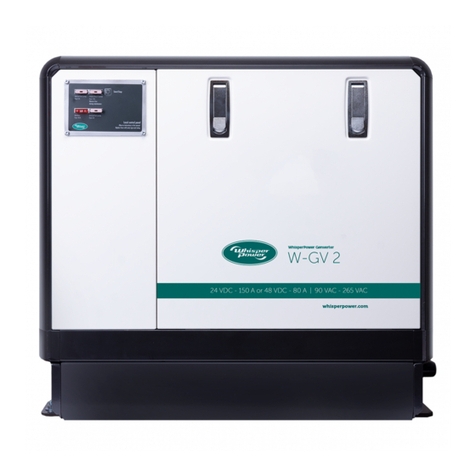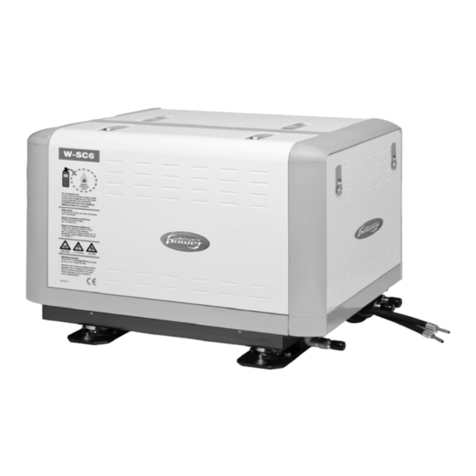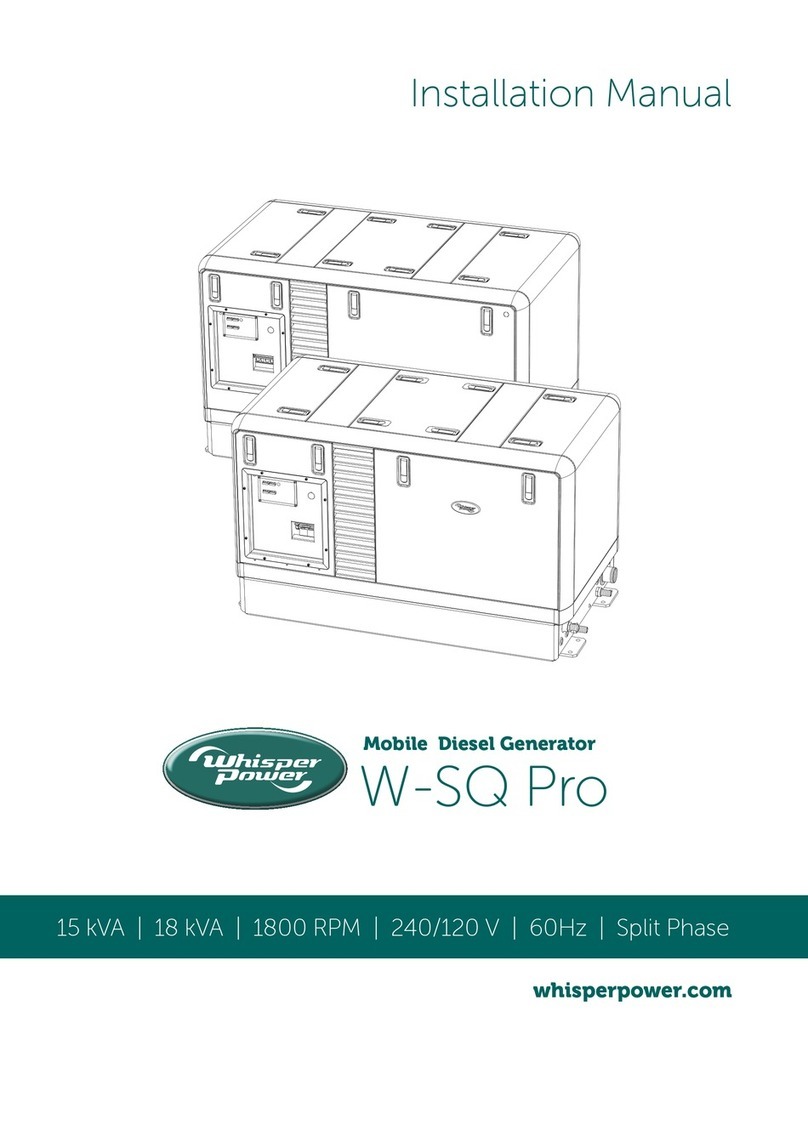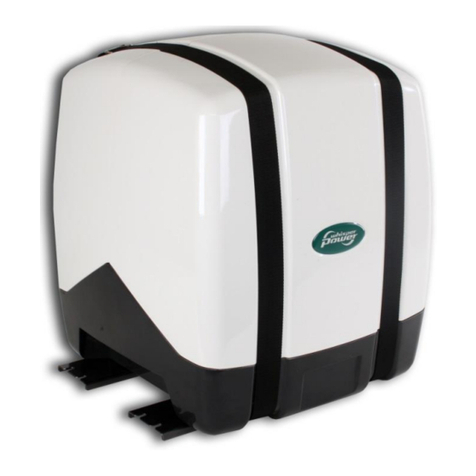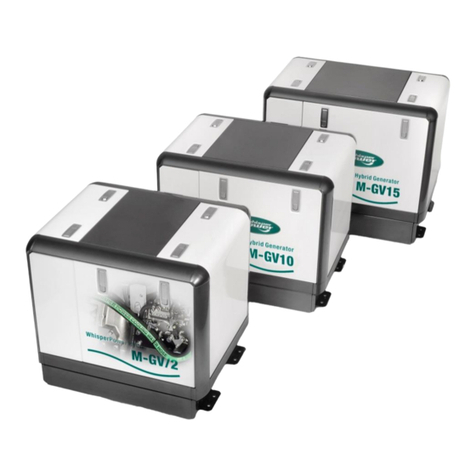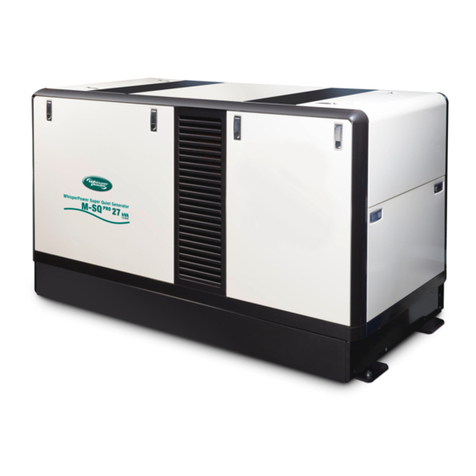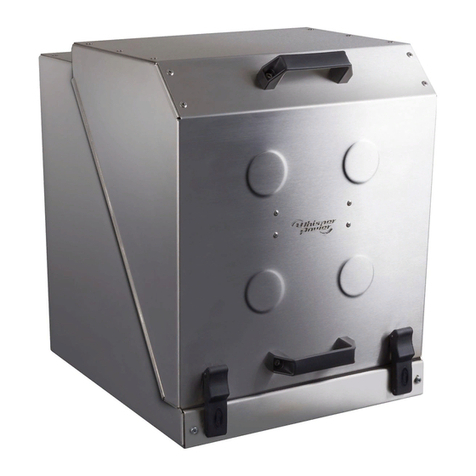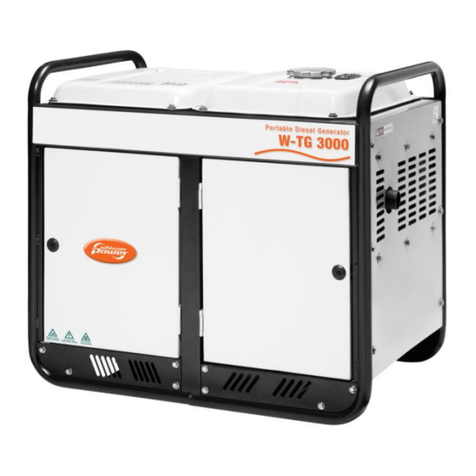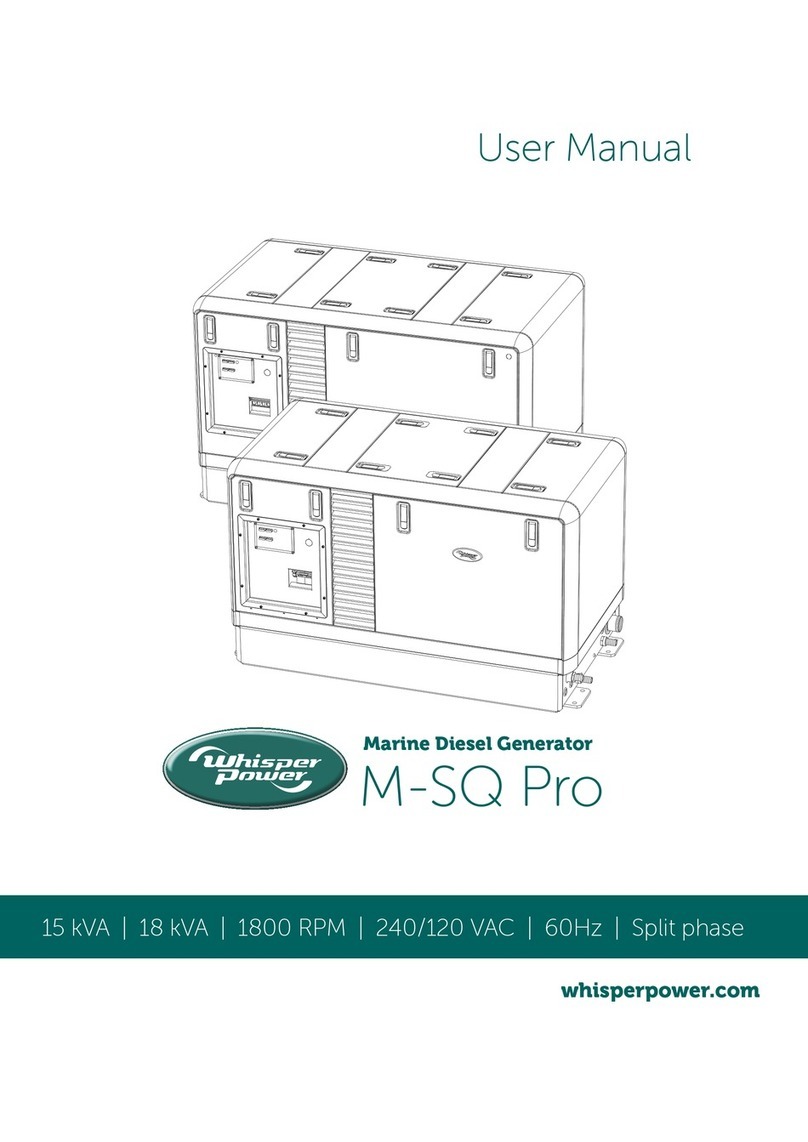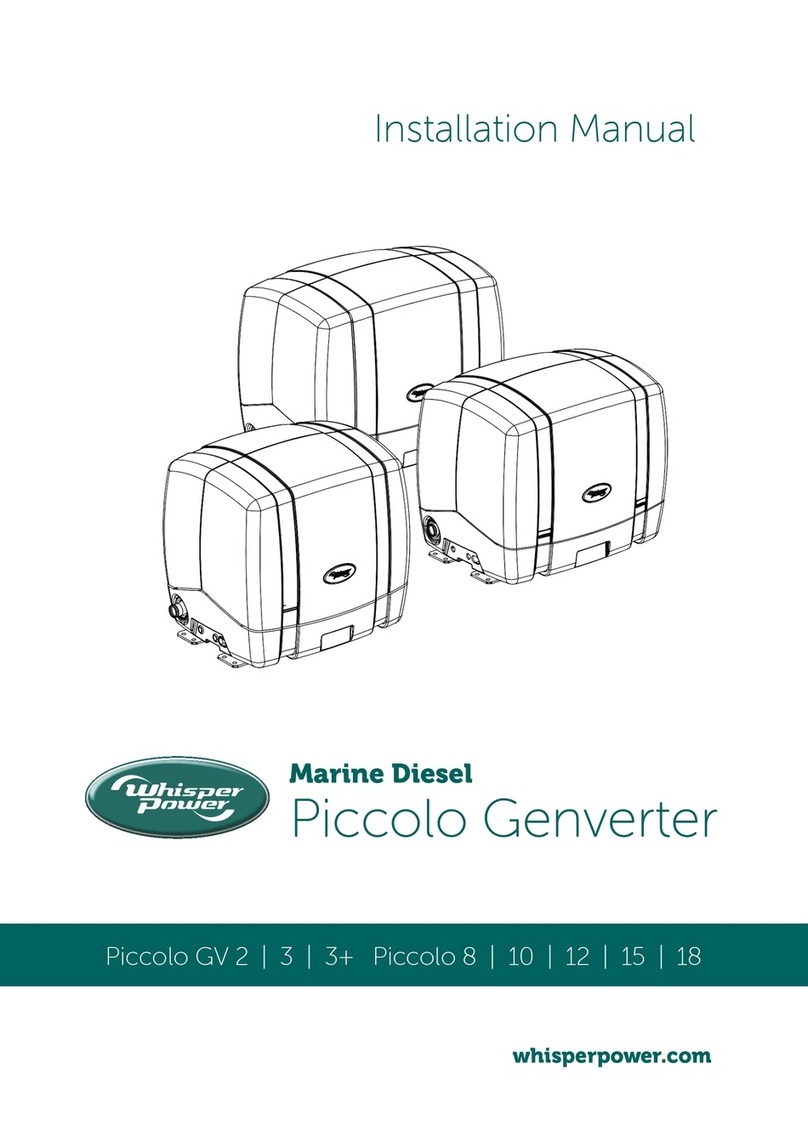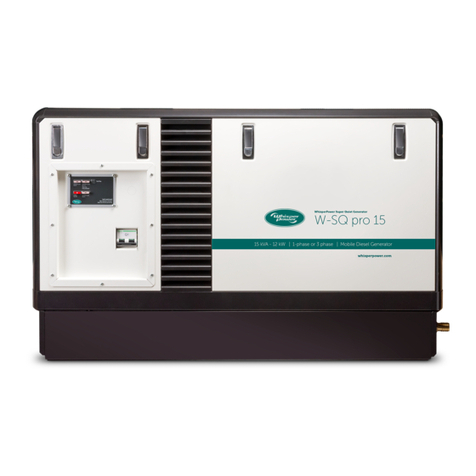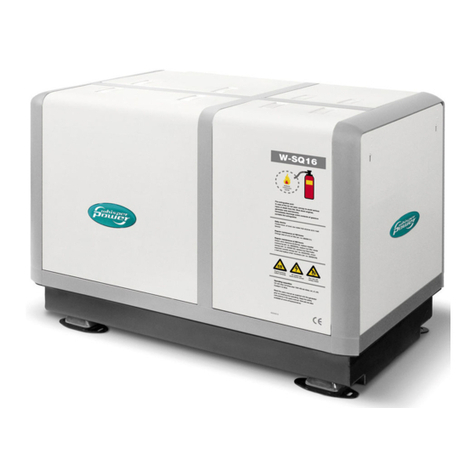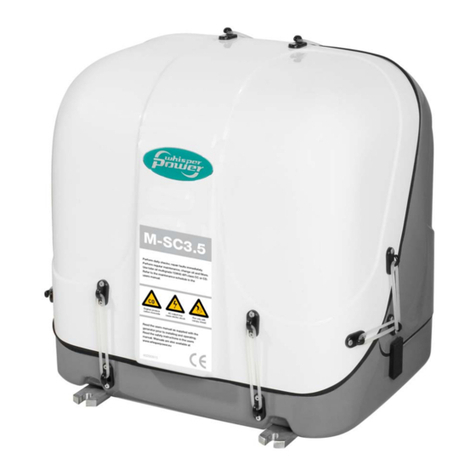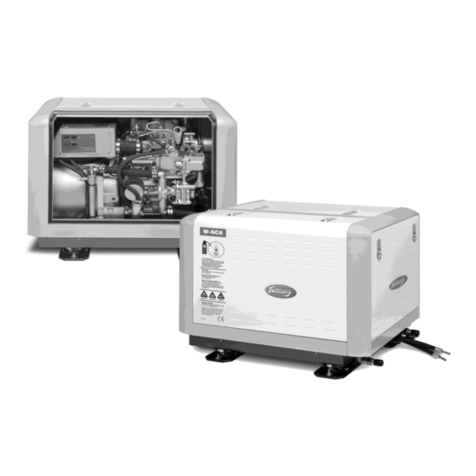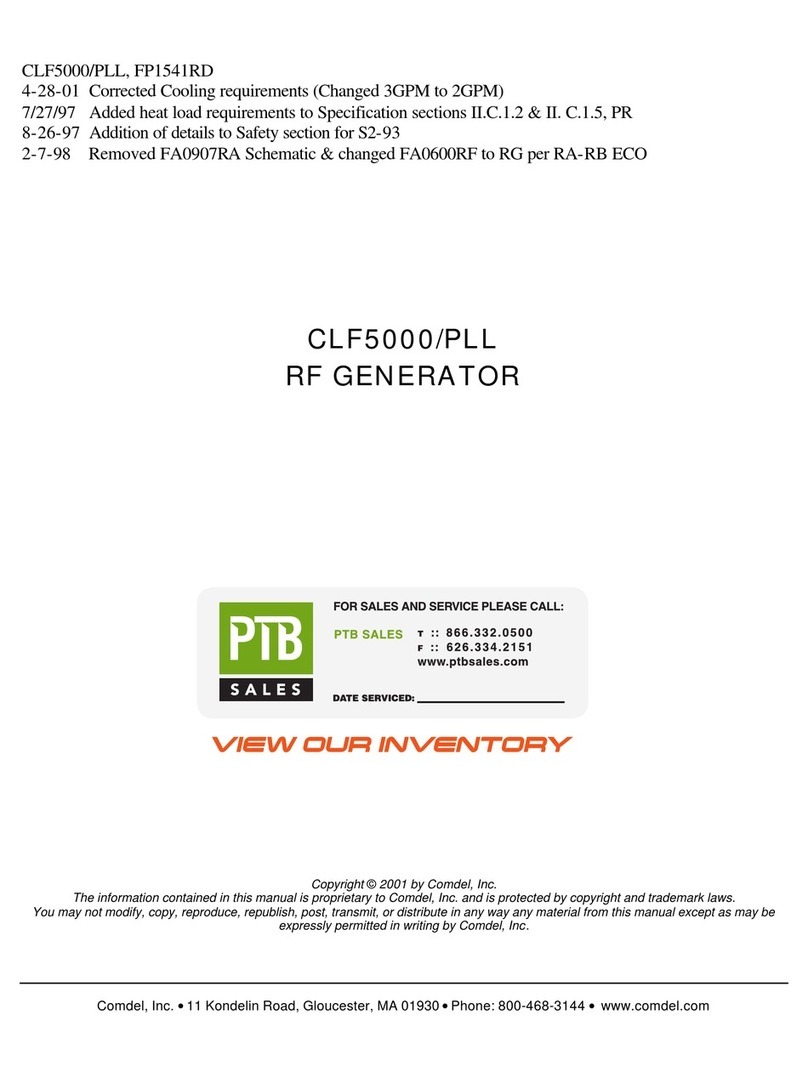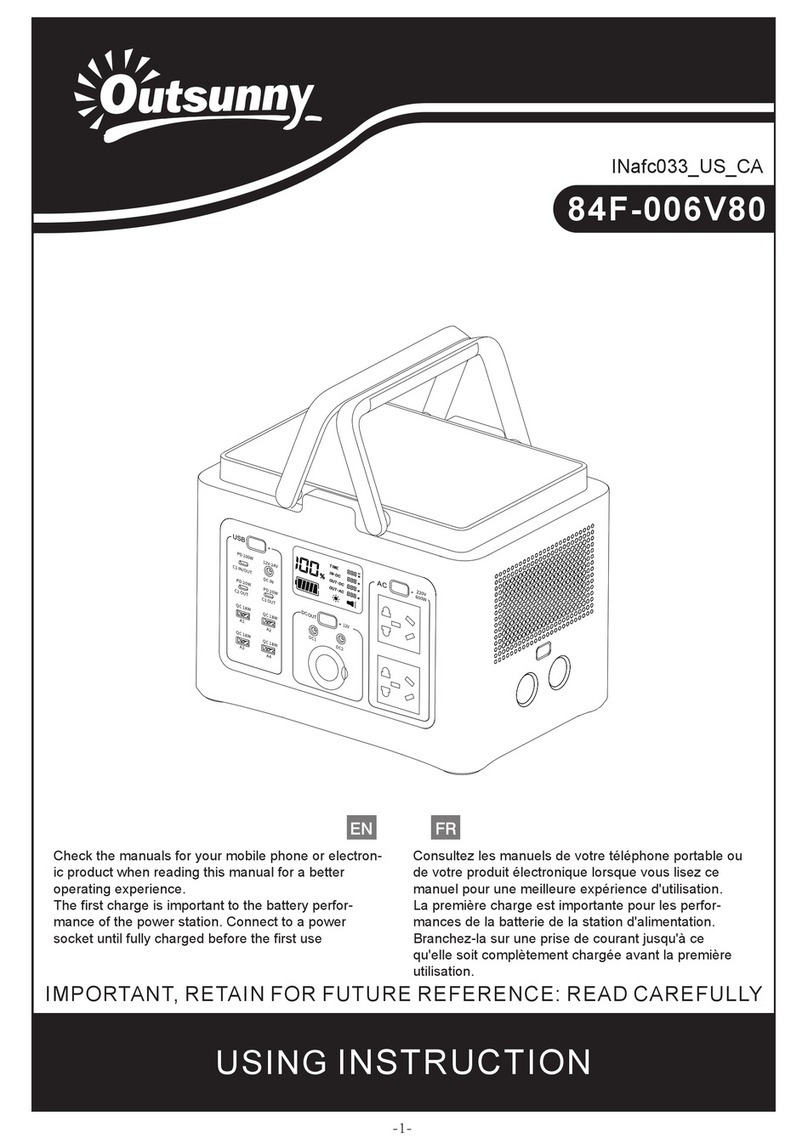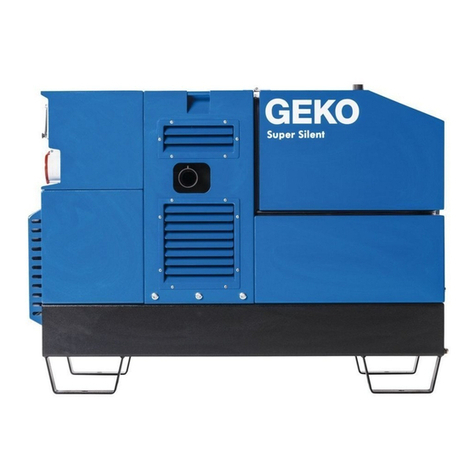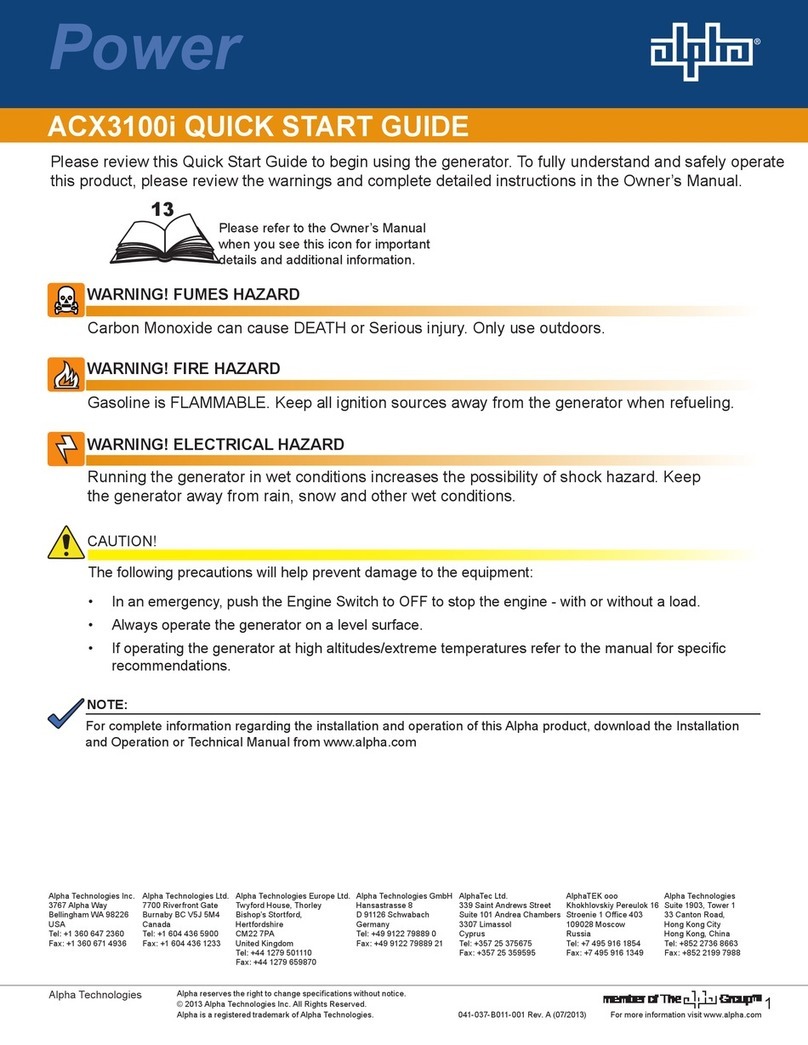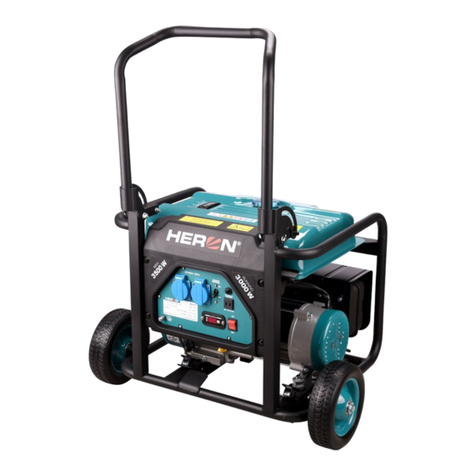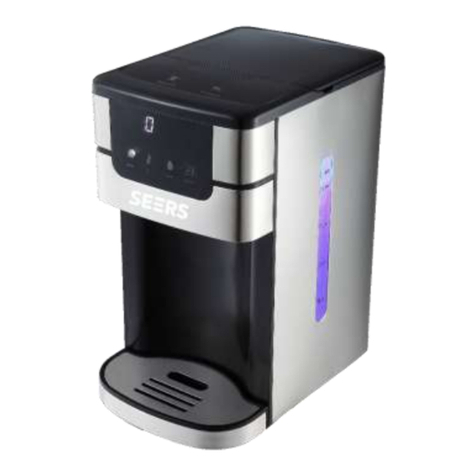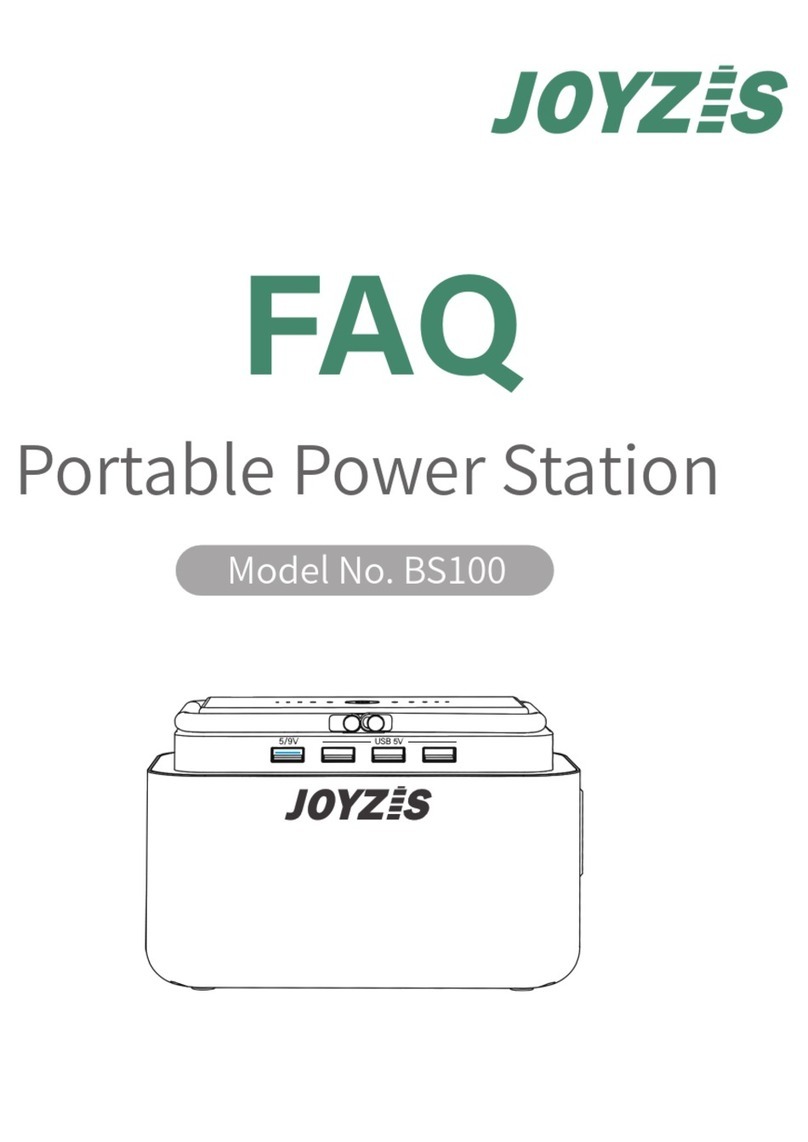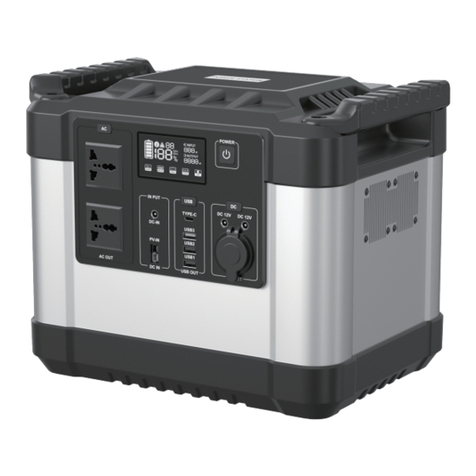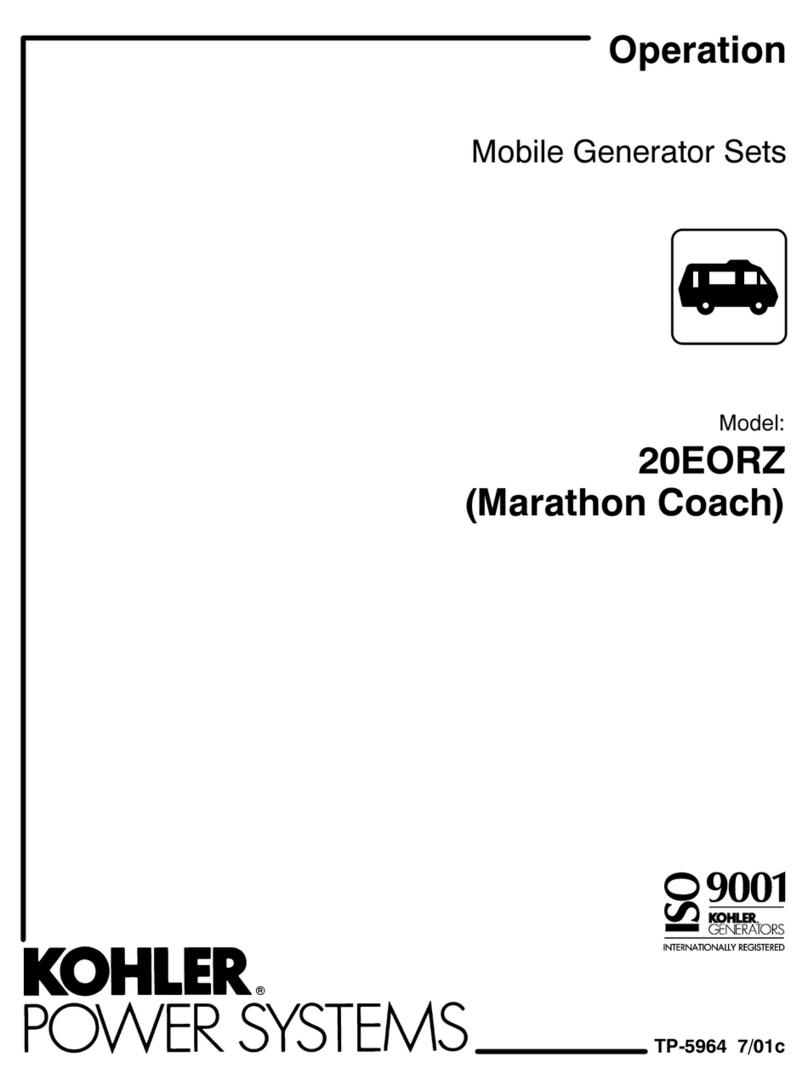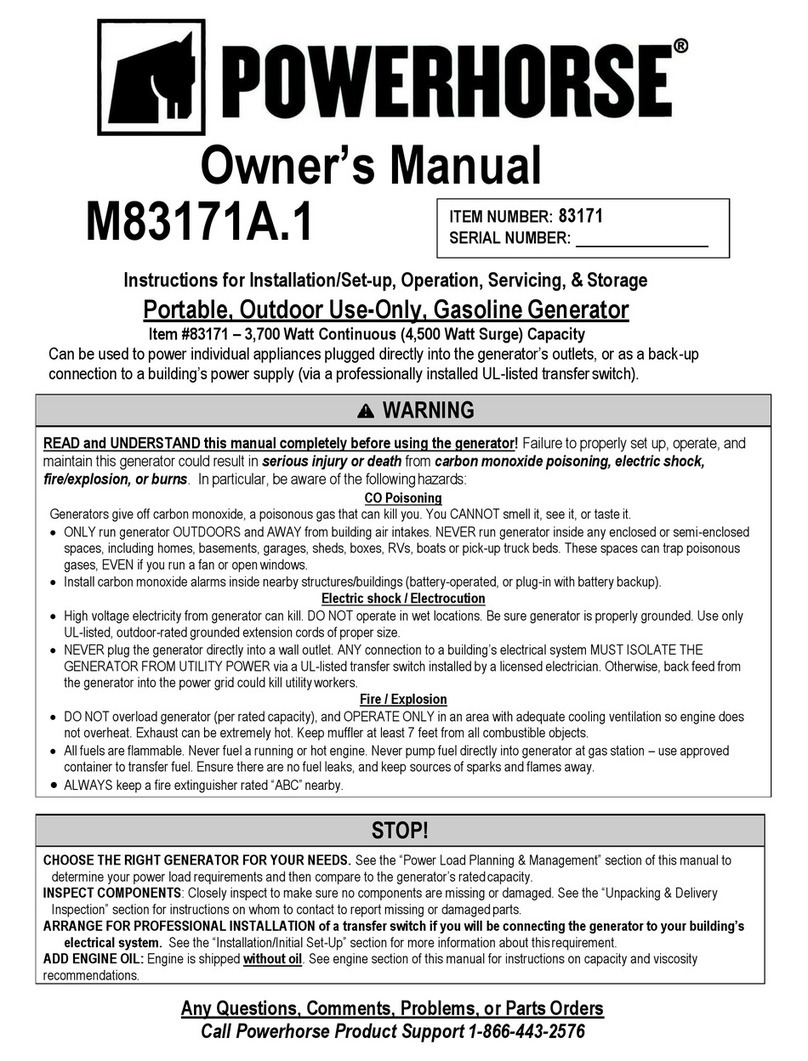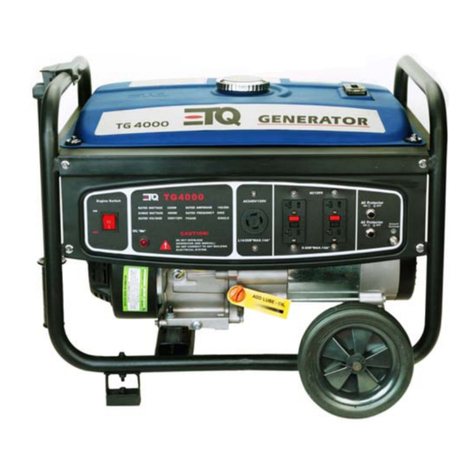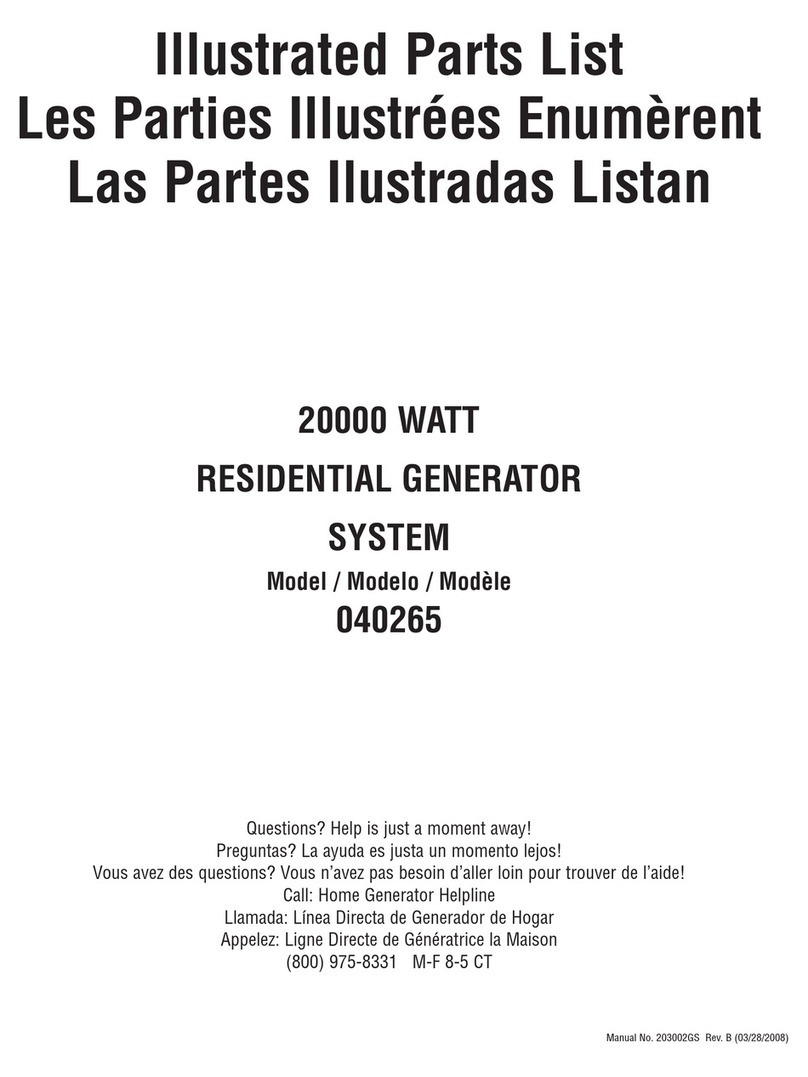
4 Piccolo Marine Diesel Genverter 2 | 3 | 3+ | 8 | 10 | 12 | 15 | 18
1 INTRODUCTION
1�1 GENERAL
This manual serves as a guideline for the safe and eecve op-
eraon, maintenance and possible correcon of minor malfunc-
ons of genverters for marine applicaons manufactured and
marketed by WhisperPower.
It is therefore essenal that every person who works on or
with the genverters should be familiar with the contents of this
manual, and that he/she should carefully follow the instrucons
contained herein. Both safety and durability depend very much
on the correct idencaon, installaon and the correct under-
standing of rangs, features, design, maintenance and operaon
procedures.
The informaon, specicaons, illustraons and statements con-
tained within this publicaon are given with our best intenons
and are believed to be correct at the me of going to press.
All of the specicaons, provisions and instrucons contained
in this manual apply solely to standard versions of genverters
delivered by WhisperPower.
This manual is valid for the following models:
Descripon
24/48 VDC
Piccolo GV2 (Kubota Z482)
Piccolo GV3 (Kubota D722)
Piccolo GV3+ (Kubota D1105)
230/120 VAC
Piccolo 8 (Kubota Z482)
Piccolo 10 (Kubota D722)
Piccolo 10 (Kubota D722)
Piccolo 12 (Kubota D722)
Piccolo 15 (Kubota D1105)
Piccolo 18 (Kubota V1505)
For other models, see other manuals available on our website:
www.whisperpower.com.
Our policy is one of connued development and we reserve the
right to amend any technical informaon without prior noce.
Whilst every eort is made to ensure the accuracy of the parc-
ulars contained within this publicaon neither the manufacturer
nor the distributor or dealer in any circumstances shall be held
liable for any inaccuracy or for the consequences thereof.
1�2 SERVICE AND MAINTENANCE
Regular service and maintenance should be carried out according
to the direcons in this manual. For service and maintenance,
turn to the manufacturer or a dealer.
1�3 GUARANTEE
WhisperPower guarantees that this genverter has been built
according to the principles of good workmanship, according
to the specicaons in this manual and according to European
Community safety regulaons.
During producon and prior to delivery, all of our genverters are
tested and inspected.
This genverter’s correct operaon is subject to guarantee. The
period and condions of this guarantee are laid down in the
general condions of delivery as registered with the Chamber
of Commerce and Industries for the North of the Netherlands
number 01120025 and are available on request. The guarantee
period is two years, limited to 1000 running hours. Some aspects
of our guarantee scheme are given here in more detail.
Guarantee does not cover failures caused by misuse, neglect or
faulty installaon.
Example 1: Faulty installaon
Seawater entering the engine is the most common cause of
damage to combuson engines (both propulsion and generator
engines) in boats. The entry of water must be avoided under all
condions. Be aware that the condions in blue water sailing can
be extreme. Refer to the installaon manual for instrucons but
remember these are for guidance only as many factors inuence
the installaon of the genverter. The ulmate responsibility will
always be with the owner. If in doubt, ask!
Example 2: Misuse
Long term running with no load or too lile load can cause the
exhaust to get choked with soot or carbon. Cleaning the exhaust
is not covered by guarantee.
Example 3: Neglect
Somemes the seal of the raw water pump starts leaking. Mostly
this begins with a lile drip and it slowly gets worse. Regular
visual inspecon of the genverter is necessary to prevent damage
from occurring due to a leaking water pump. When serious
damage is discovered aer weeks of neglect, guarantee claims
will not be honoured.
Example 4: Neglect
A WhisperPower genverter has an opon for an auto start/stop
mode or interval mode. WhisperPower cannot be held respon-
sible for damage caused by the genverter running unaended.
Oil changes must be carried out according to the maintenance
schedule.
Guarantee means that faulty parts are repaired or replaced free
of charge. If necessary the whole genverter unit will be ex-
changed. Labour necessary to complete repairs on board a vessel
by an authorized service engineer is covered, but is limited to a
reasonable number of hours and reasonable rates in relaon to
the actual repair work that has to be done.
Travel expenses and travel hours are not covered, neither is the
labour required to take a genverter out of a vessel or for rein-
stallaon. There is no cover for labour needed to get access to
the genverter, for example to remove equipment or parts of the
vessel’s structure or hull.
Goods to be delivered under guarantee will be invoiced. Only
aer the faulty goods are returned will the invoice be credited.
